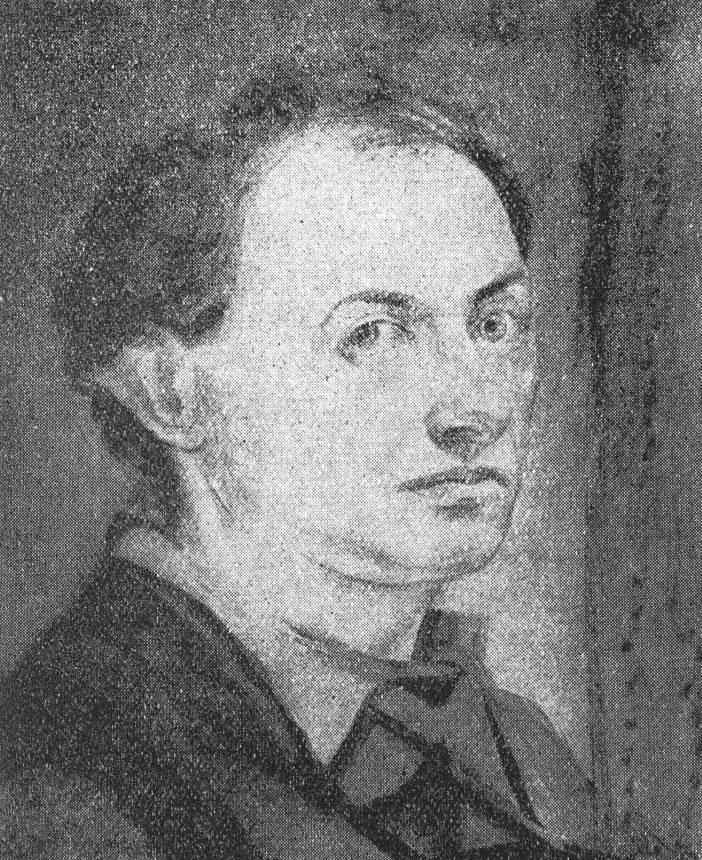Moïse KISLING
January 2, 2019Meyer-Miron KODKINE
January 2, 2019Karl KLEIN
NINBERG (BOHEMIA) 1898 – DEPORTED 1943
Karl Klein, who was the son of a lawyer, was sent by his family to study sculpture at the Academy of Fine Arts in Prague. Shortly after he arrived, he changed courses and turned to painting. He lived in Berlin for six years. In 1926, Karl Klein got married and arrived in Paris. He had a passion for classical painting and often visited the Louvre, where he was influenced by the work of Nicolas Poussin. He was famous for his portraits and particularly liked to paint those of artists. He also took an interest in engraving. In 1941, he took refuge in the Zone Libre (free zone), returned to Paris and was imprisoned at Pithiviers. He was allowed to leave for health reasons. Together with his wife and his two sons, he went to the Périgord area. The family settled in a farm and cultivated the land. As one of his sons was arrested, Karl Klein decided to go to Italy via the Alps. He was deported from Florence on October 13, 1943. Most of his paintings have disappeared.
Stories of Jewish Artists of the School of Paris 1905-1939
FRENCH-ENGLISH
Capitale des arts, le Paris des années 1905-1939 attire les artistes du monde entier. De cette période de foisonnement, un terme est resté, celui d'Ecole de Paris, qui recouvre une grande diversité d'expression artistique. Dans ce brassage dont Montparnasse est le creuset, un groupe se distingue : celui des artistes juifs venus de Russie, de Pologne et d'Europe centrale. Si leurs styles sont variés, un destin commun les rassemble : ils fuient l'antisémitisme de leur pays d'origine. Certains ont connu la célébrité dès les années 1920, tels Soutine, Lipchitz ou Chagall. D'autres n'ont pas eu le temps ou la chance d'y accéder. Près de la moitié a péri dans les camps de concentration nazis.
From 1905 to 1939, Paris attracted artists from all over the globe as the capital of the art world. This period of artistic proliferation became known as the School of Paris, and includes a great diversity of artistic expression. Within the teeming art world centred on Montparnasse, one group set itself apart: Jewish artists from Russia, Poland, and Central Europe. Although their styles were diverse, they shared the common fate of fleeing anti-Semitic persecutions in their home countries. Some became famous in the 1920s, such as Soutine, Lipchitz, and Chagall, while others did not have the time or the luck to gain renown. Nearly half of these artists died in Nazi concentration camps.





